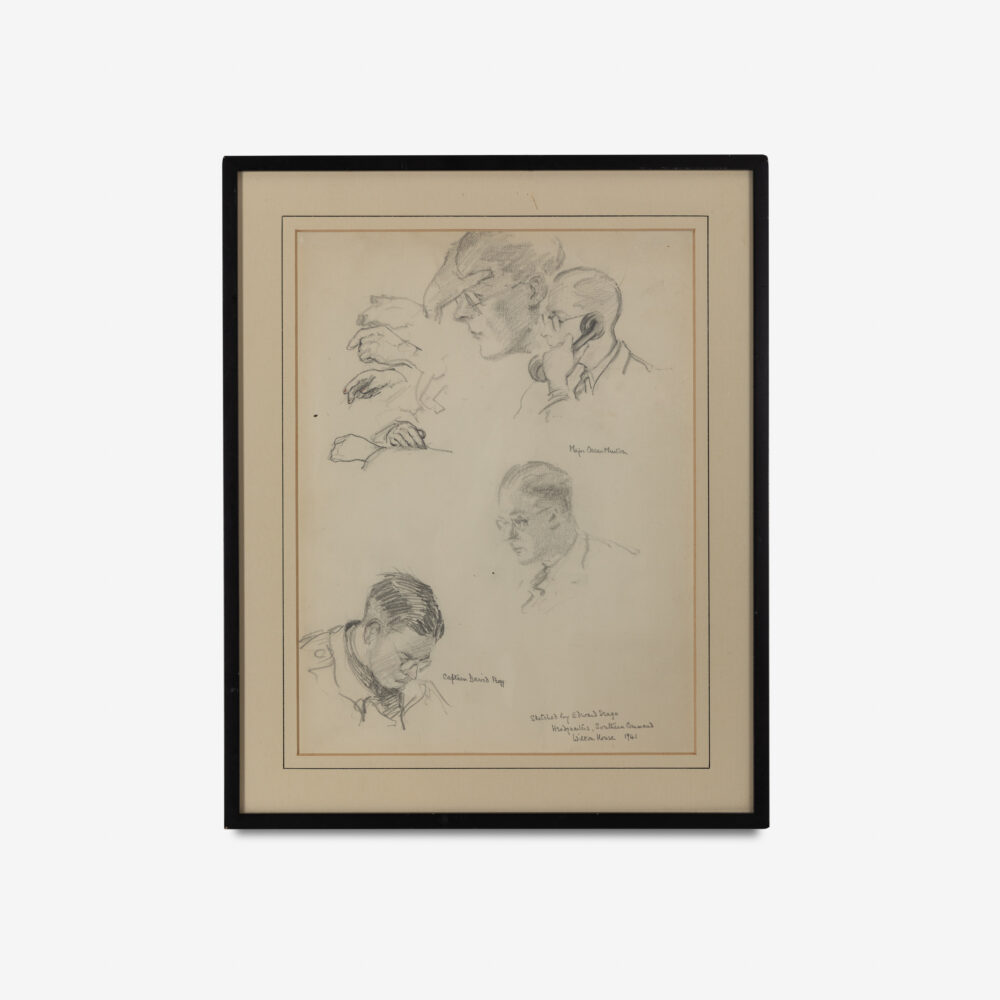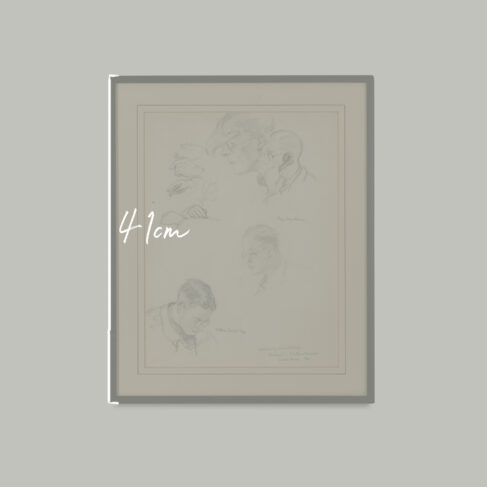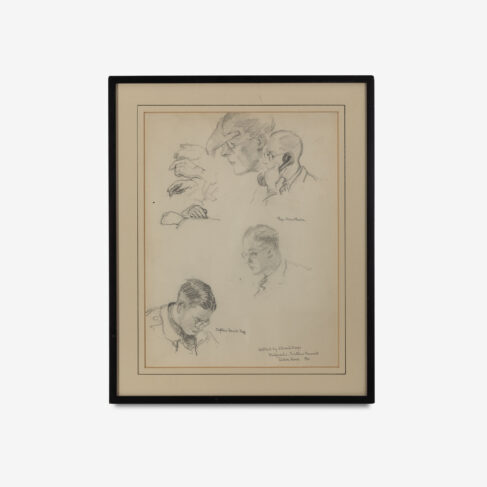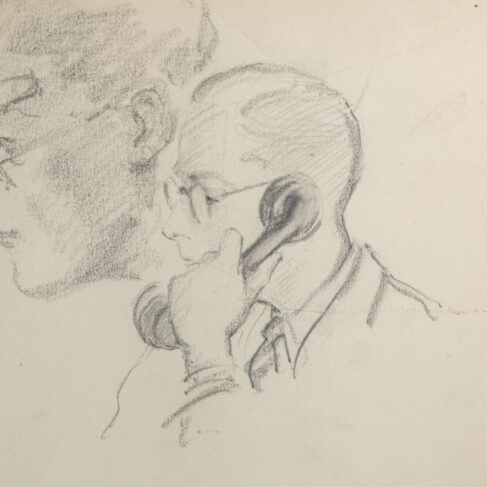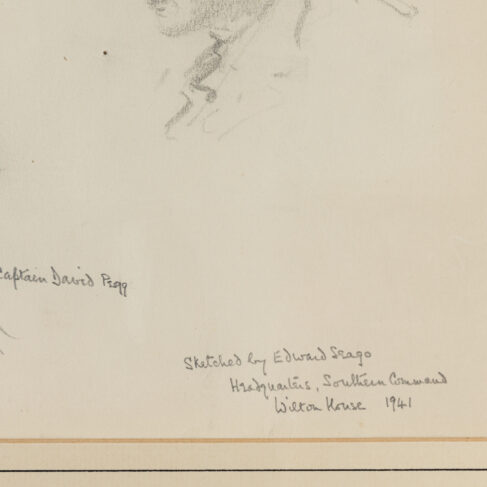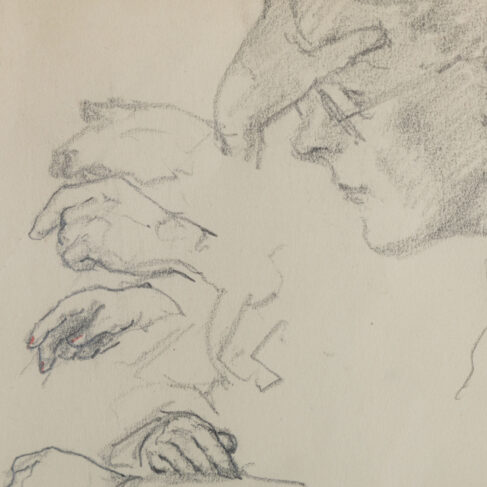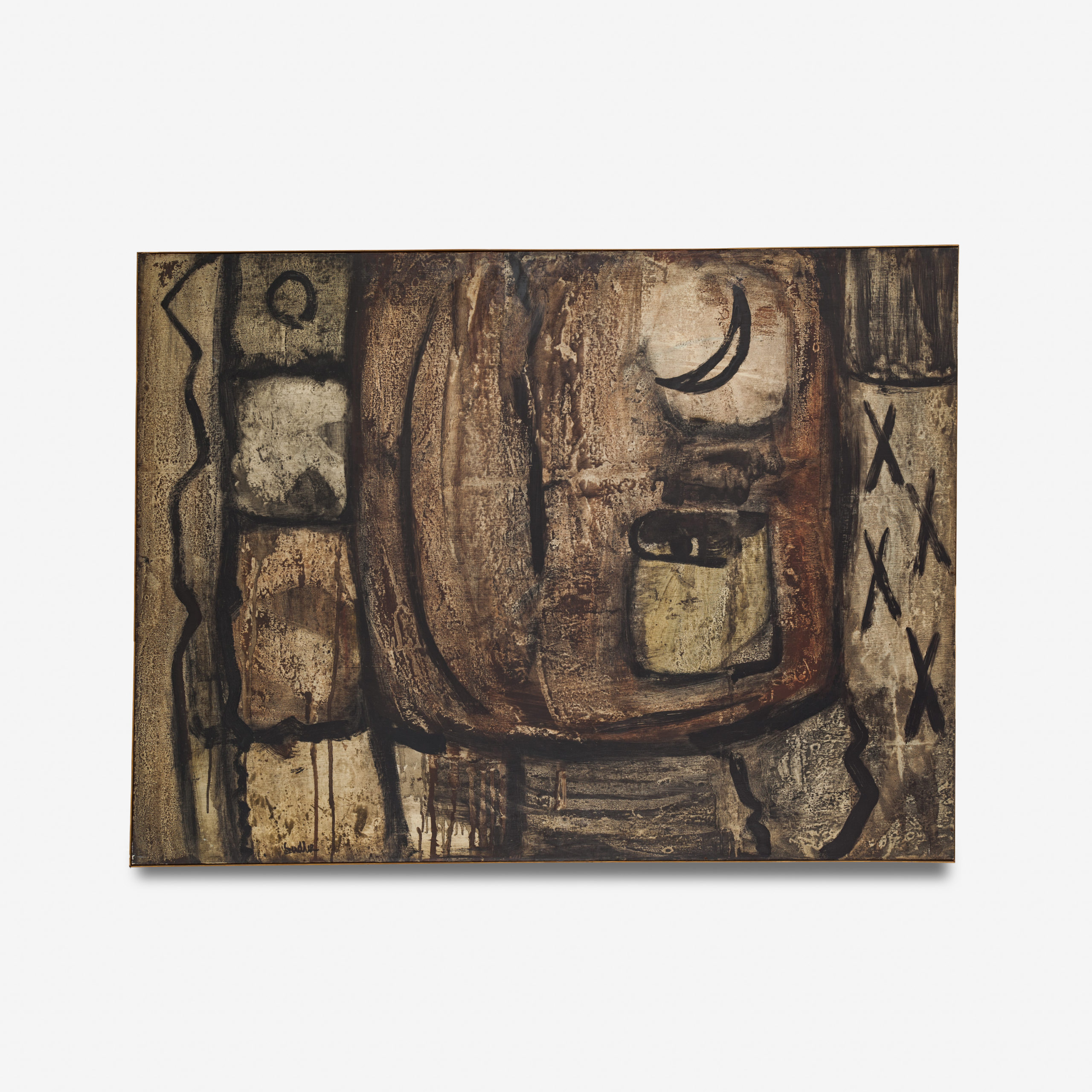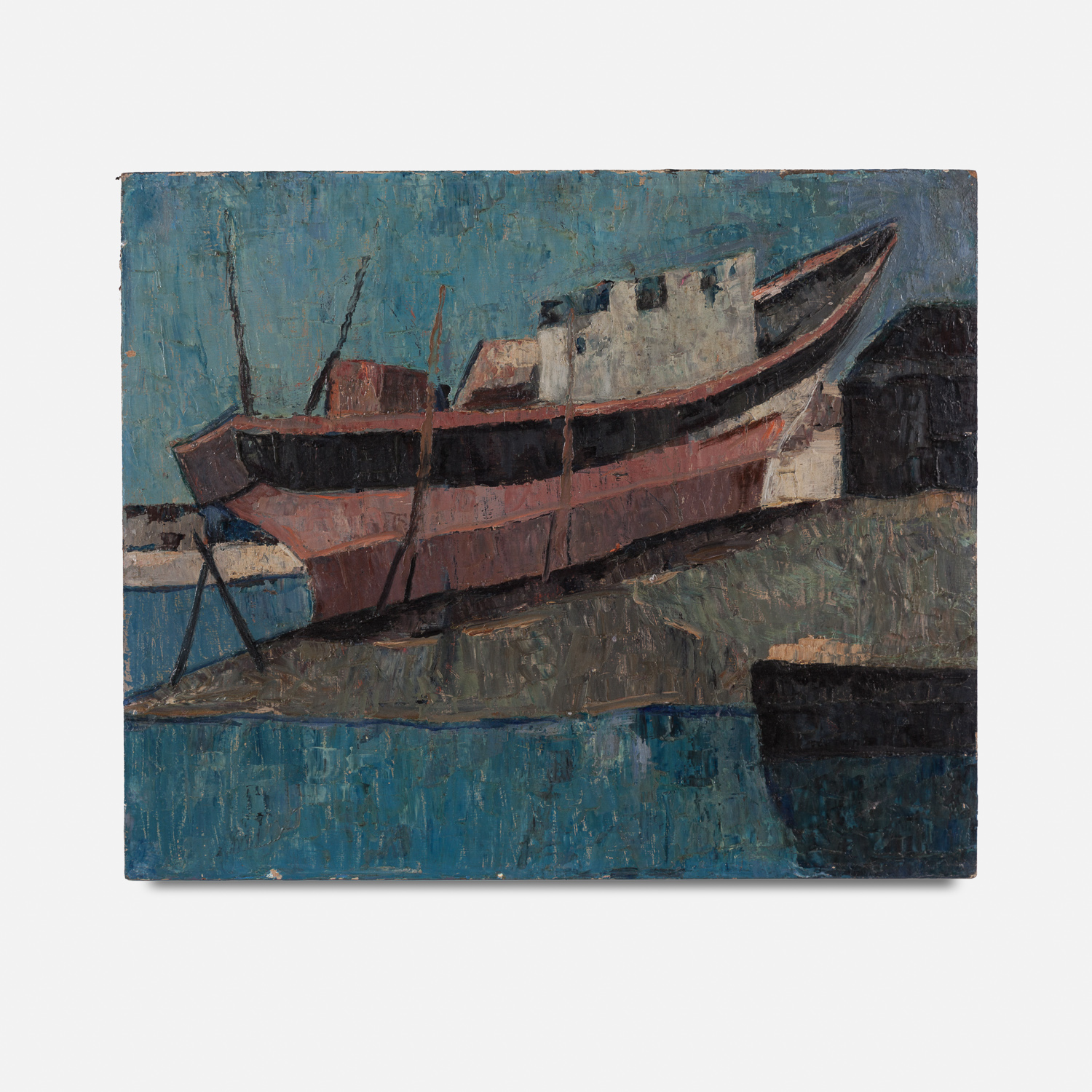Edward Brian Seago, RBA, ARWS, RWS (31 March 1910 – 19 January 1974) was an English artist.
The son of a coal merchant, Seago was born in Norwich. He was a self-taught artist (although he received advice from Sir Alfred Munnings and Bertram Priestman) and enjoyed a wide range of admirers from the British royal family and the Aga Khan to the common man. His works have been classified as either Impressionist or Post-Impressionist and included landscapes, seascapes, skyscapes, street scenes, his garden and portraits.
When aged 14, Seago won an award from the Royal Drawing Society, and from then on knew what he wanted to do in spite of his parents’ initial disapproval. At the age of 18, he joined Bevin’s Travelling Show, and he subsequently toured with circuses in Britain and throughout Europe.
In 1939, “A Rabbit Skin Cap” by Lilias Rider Haggard was published, with the front cover and all other illustrations by Seago.
Heart problems dogged Seago all of his life. He had to resort to subterfuge to join the army at the outbreak of the Second World War. He continued painting whilst with the Army and gave paintings to those with whom he served. Edward Seago relinquished his Commission on account of ill-health whilst serving as a War Substantive Captain and was granted the honorary rank of Major on 16 October 1944.
Later in his career such was his popularity that those who wished to buy one of his paintings had to queue at his various annual exhibitions around the world (with the single exception of Queen Elizabeth The Queen Mother).
“The Queen Mother bought so many that eventually the artist, who died in 1974, gave her two a year – on her birthday and at Christmas. Prince Philip invited him on a tour of the Antarctic in 1956, and his subsequent paintings, considered to be among his best, hang at Balmoral.”
Seago also created a solid silver sculpture of St George slaying the Dragon, which serves as an automobile mascot for any state limousine in which Queen Elizabeth II is travelling. The mascot can be transferred from car to car.
Seago died of a brain tumour in London on 19 January 1974. In his will he requested that one-third of his paintings currently in his Norwich studio were to be destroyed. There remain about 19,000 water colours and 300 oil paintings worldwide. A major retrospective of his work was held in autumn 2008 in London, as was a Sky Arts 2 television series about Seago fronted by Selina Scott.
A Seago exhibition was held at the Portland Gallery, which represents Seago’s estate, in June and July 2012. Another exhibition was mounted in June and July 2014.
You may be partial to...

